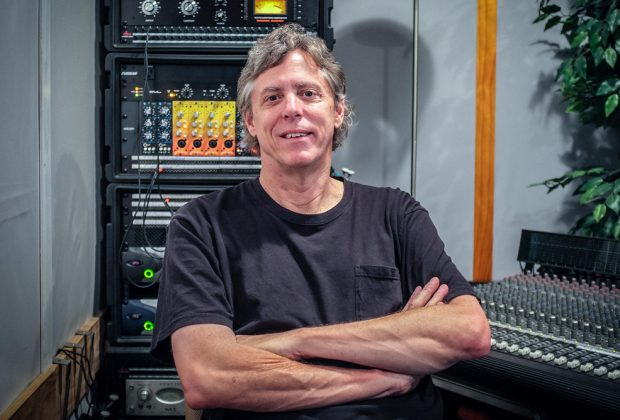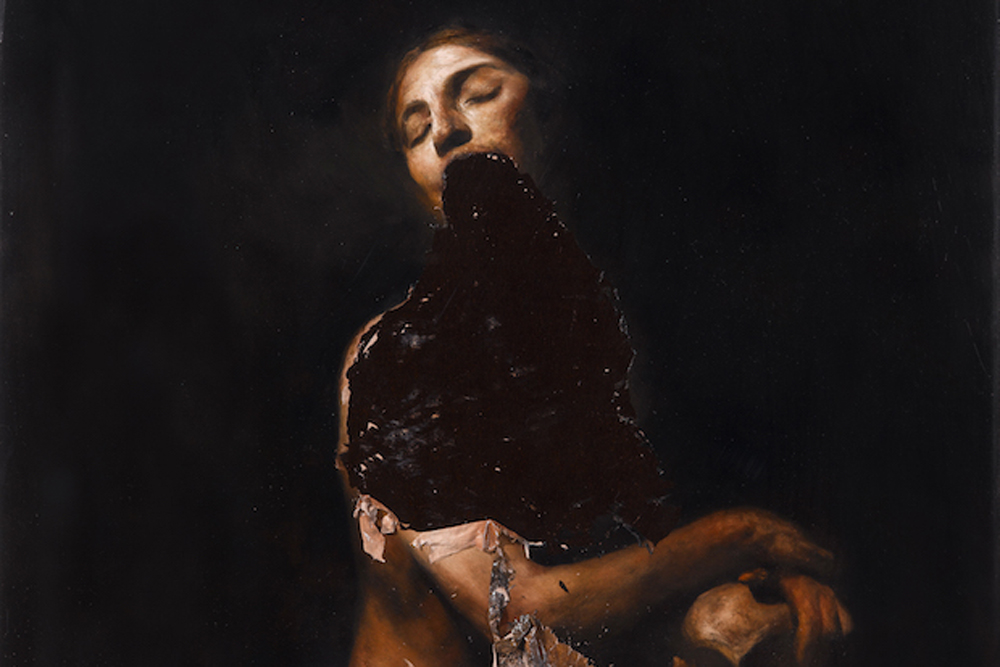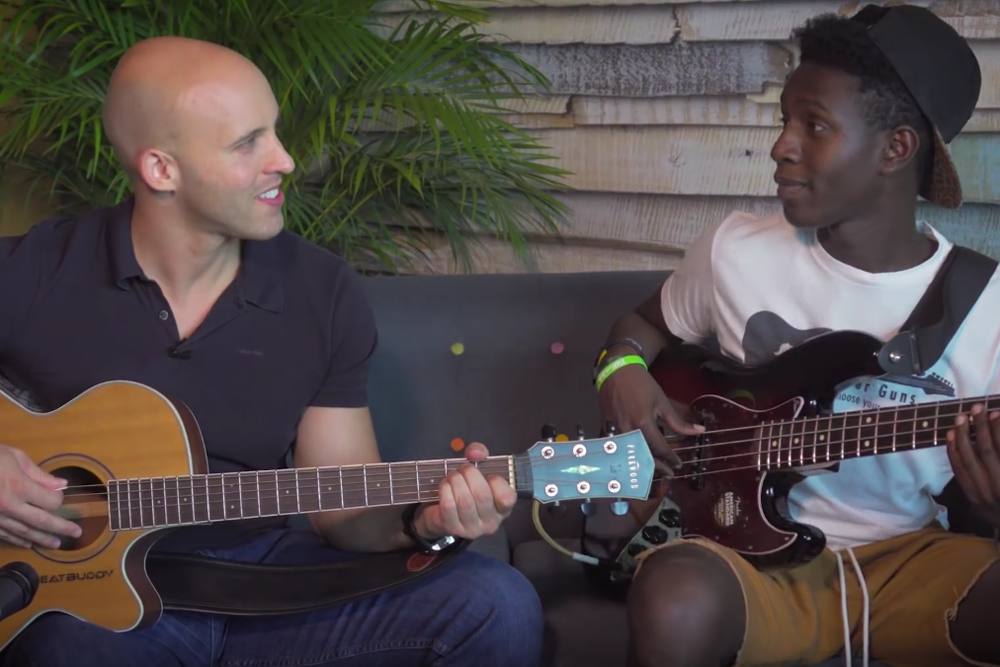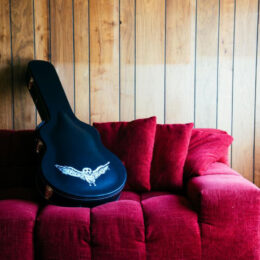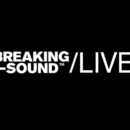Producer, engineer and mixer Dennis Moody began as a drummer. After seeing Mahavishnu Orchestra in the ‘70s, he was inspired to pursue production and engineering. He became a gofer at the then-under-construction Paramount Studios, then was promoted to assistant engineer. There he worked with Hal Davis and Zappa engineer Kerry McNabb. He had a hand in developing 5.1 and surround standards and went on to record with artists like Prince, Aerosmith and Miles Davis.
Dennis Moody began the live-sound, front of house (FOH) phase of his career with Johnny “Guitar” Watson in the late ‘70s and has worked at venues including Madison Square Garden and Wembley Stadium. He still hits the road a few times a month to do FOH, primarily for Iranian singer Googoosh. The biggest show he ever engineered was for about 200,000 people.
“I remember the first time I felt confident in the studio,” Moody recalls of his initial career turning point. “The producer was a songwriter named Peter McCann. He worked for CBS and I was engineering for him. The client was difficult––he had two hit songs in the charts. But I was able to keep up with him and more. We clicked. I felt good at the end and he told me, ‘You really kept up, because I’m not easy to work with.’ That was the first time that I felt I could handle anything.”
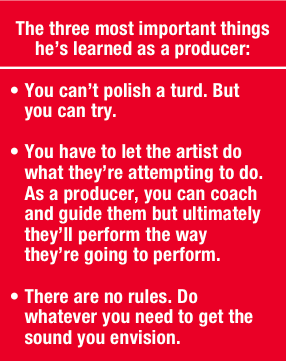 With a firm background in drumming, Moody is widely considered the drummers’ engineer. What are his secrets? “As a drummer, I know what they sound like and what they don’t sound like,” he explains. “And I’ve watched guys like Kerry McNabb and Glyn Johns cut drums. My favorite mics include the [Electro-Voice] RE20 for bass drums. I used that for decades but now I like the [Shure] Beta 52 better. For the snare, the [Shure] SM57. For rack toms I favor [AKG] 451’s and for floors I use [AKG] 414’s. They give me what I’m looking for, sonically, and I can get impressive drum sound in 10 minutes.”
With a firm background in drumming, Moody is widely considered the drummers’ engineer. What are his secrets? “As a drummer, I know what they sound like and what they don’t sound like,” he explains. “And I’ve watched guys like Kerry McNabb and Glyn Johns cut drums. My favorite mics include the [Electro-Voice] RE20 for bass drums. I used that for decades but now I like the [Shure] Beta 52 better. For the snare, the [Shure] SM57. For rack toms I favor [AKG] 451’s and for floors I use [AKG] 414’s. They give me what I’m looking for, sonically, and I can get impressive drum sound in 10 minutes.”
For live sound, Moody finds that engineering a large venue is often easier than a small one. “Wembley [Stadium] is like mixing in the studio,” he asserts. “I was shocked because my sound deck was a little ambient and I was concerned about it getting muddy. But when the public came in, it sounded like mixing in a world-class studio. I find it easier in the bigger halls and it’s more fun when you have people yelling and cheering.”
One of the problems he finds in venues today is that many of them have a line array system of speakers. That can make it difficult for people close to the stage. “If you’re sitting in the first five rows seeing a singer 25 feet in front of you and hearing their voice coming from 40 feet above, that’s illogical. I put front fills across the front and I use them excessively. You don’t have to turn them up loud and you get an image of the voice coming from the performer and not from 30 or 40 feet above your head.”
Along with fellow producer Bobby Owsinski, Dennis Moody has published books on recording drums and studio setup. Recently he completed work with drummer Bob Holz and a mix with indie artist Orbel. Moody will likely be on the road again toward the end of the year doing front of house with jazz guitarist Mike Stern. In recent years, he has also expanded into mastering. He works primarily from Dennis Moody Studio, his own space, and was the force behind Sonora Recorders, which he sold, ultimately, to engineer Richard Barron.
For more information, visit dennismoody.com.

